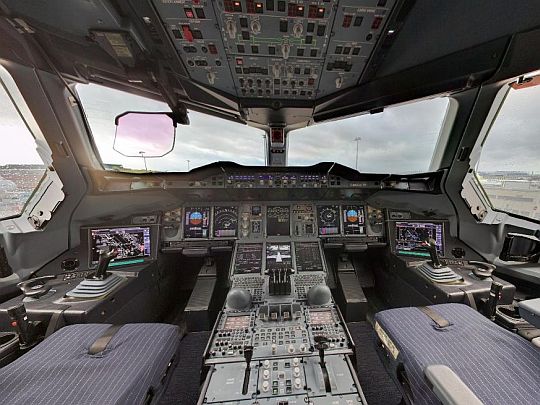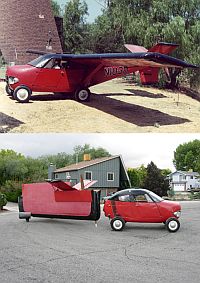 Really – and for only 3½ million bucks.
Really – and for only 3½ million bucks.
But it’s got provenance. Flown in by Raul Castro, being one of it’s notable (?) historical claims.
I believe that I know the person selling this car on eBay. Years ago, I worked in the same laboratory with Carl, whose wife, Marilyn ran a car parts business out of their garage. In connection with the garage operation, they collected a few rare and interesting vehicles, such as the Italian Isetta, among others. I lost touch with them before they acquired the Aerocar in 1981.
I taught Carl to fly in the 1970’s and used to spend a lot of time with them at that time. Maybe I’ll register and bid on the car just to open that nostalgic door.
Check out this Aerocar video.
I found a pretty good article about this on wired.com. Here’s an excerpt from the December, 2008 article:
Just six Aerocars were ever built, and they did fly when they were built. Marilyn Felling bought Aerocar No. 2 more than 25 years ago, but never restored it. She insists it has been examined by a mechanic and could be made airworthy in a few hours. Of course, N103D hasn’t flown since the Ford Administration, so that may be optimistic.
Still — how cool would it be to own a flying car that’ll do 60 mph on the highway and 110 in the air? Just think of the joy you’d feel. And if you can’t think of enough good reasons to own it, the folks at aerocarforsale.com have spelled them out for you.
You can pick one up “for inclusion in your private collection.” Or if you’re feeling philanthropic, buy one “for a donation to your favorite museum.” Maybe your kids or grandkids would appreciate it “as a legacy for the heirs of your estate. “Our favorite is the promise of “a 1031 property exchange,” though we have no idea what that means.
Despite all those perfectly rational benefits, after two years the Aerocar still hasn’t attracted a buyer and Mrs. Felling turned to eBay. We know gas is getting cheaper, but we’re not so sure about her decision to keep the “Buy it now” option at her original price of $3.5 million. There’s a “Best offer” option, but as of Monday morning, no one had made one.

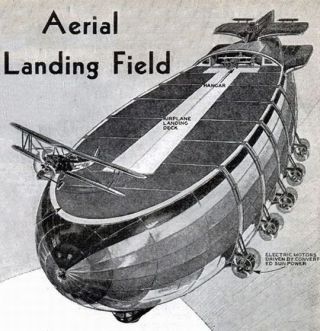
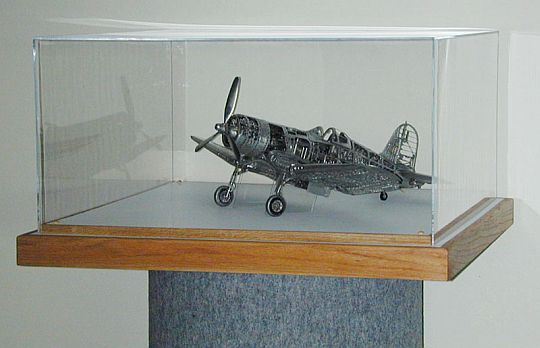
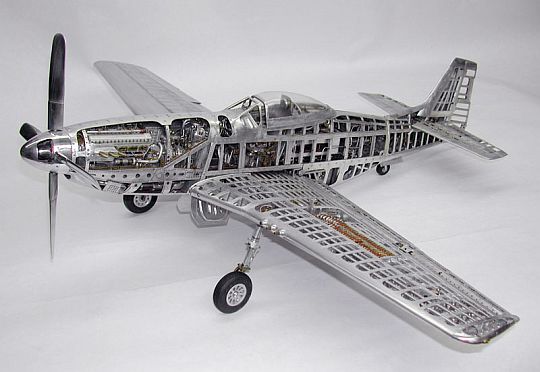

 Really – and for only 3½ million bucks.
Really – and for only 3½ million bucks.